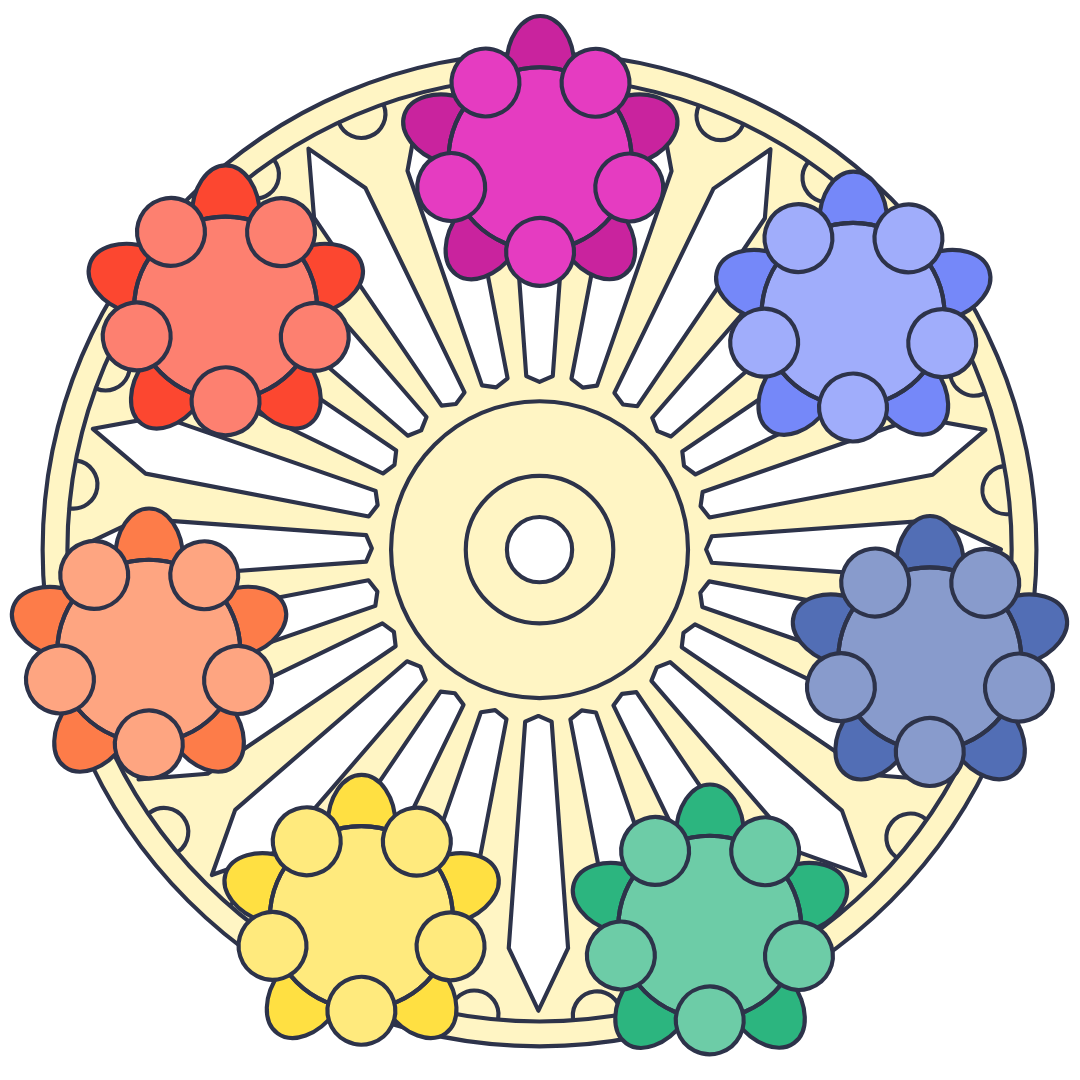The concept of a circular economy has gained significant attention in recent years as a sustainable alternative to the traditional linear economic model. In a circular economy, resources are kept in use for as long as possible, with maximum value extracted from them while in use, and then recovered and regenerated at the end of their service life. This approach aims to minimize waste and reduce the environmental impact of production and consumption. The fashion industry, in particular, has been a major contributor to environmental degradation due to its reliance on a linear model of production and consumption. However, there is growing interest in transitioning towards a circular economy model within the fashion industry to address these issues.
The Traditional Fashion Industry: Linear Model
The traditional fashion industry operates on a linear model of production and consumption, which is characterized by a “take-make-dispose” approach. This means that raw materials are extracted, processed into products, and then sold to consumers, who eventually dispose of them. This linear model results in significant waste generation, as well as environmental degradation due to the extraction of raw materials and the disposal of products at the end of their life cycle. Additionally, the fashion industry is known for its fast fashion practices, which involve the rapid production of low-cost, trendy clothing that is designed to be worn for a short period of time before being discarded. This further exacerbates the environmental impact of the industry, as it leads to increased resource consumption and waste generation.
IKEA’s Circular Economy Model
IKEA, the Swedish furniture retailer, has been at the forefront of implementing a circular economy model within its operations. The company has made significant strides in designing products that are durable, repairable, and recyclable, with the aim of extending their lifespan and reducing waste. In addition, IKEA has implemented take-back and recycling programs for its products, allowing customers to return used furniture for refurbishment or recycling. Furthermore, the company has invested in renewable energy and sustainable sourcing practices to minimize its environmental impact. IKEA’s circular economy model has not only reduced its environmental footprint but has also led to cost savings and increased customer loyalty.
Comparing the Two Models: IKEA vs Traditional Fashion
When comparing IKEA’s circular economy model to the traditional linear model of the fashion industry, it is evident that there are significant differences in their approach to resource use and waste generation. While the traditional fashion industry focuses on producing disposable, trend-driven products with a short lifespan, IKEA emphasizes durability, repairability, and recyclability in its product design. This fundamental shift in approach has allowed IKEA to reduce its environmental impact and create a more sustainable business model. Additionally, IKEA’s take-back and recycling programs have enabled the company to close the loop on its products, further minimizing waste generation. In contrast, the traditional fashion industry continues to rely on a linear model that results in significant waste generation and environmental degradation.
Impact on Environmental Sustainability
The transition towards a circular economy model within the fashion industry has the potential to have a significant impact on environmental sustainability. By designing products with durability, repairability, and recyclability in mind, companies can reduce their resource consumption and waste generation. Additionally, take-back and recycling programs can help close the loop on products, further minimizing their environmental impact. Furthermore, investing in renewable energy and sustainable sourcing practices can help reduce the overall environmental footprint of the industry. Overall, transitioning towards a circular economy model has the potential to significantly reduce the environmental impact of the fashion industry and contribute to global sustainability efforts.
Social and Economic Implications
The shift towards a circular economy model within the fashion industry also has important social and economic implications. By designing products with durability and repairability in mind, companies can create higher quality products that last longer, reducing the need for frequent replacements. This can lead to cost savings for consumers and reduce overall resource consumption. Additionally, take-back and recycling programs can create new business opportunities for companies, such as refurbishment and recycling services. Furthermore, investing in renewable energy and sustainable sourcing practices can create new jobs and stimulate economic growth in the green economy. Overall, transitioning towards a circular economy model has the potential to create positive social and economic impacts within the fashion industry.
Future Outlook for the Circular Economy in Fashion
The future outlook for the circular economy in fashion is promising, as more companies are recognizing the need to transition towards more sustainable business models. There is growing interest in designing products with durability, repairability, and recyclability in mind, as well as implementing take-back and recycling programs to close the loop on products. Additionally, there is increasing investment in renewable energy and sustainable sourcing practices to minimize the environmental impact of production. As consumer awareness of environmental issues continues to grow, there is also a greater demand for sustainable fashion options. Overall, the future outlook for the circular economy in fashion is positive, with potential for significant environmental, social, and economic benefits.

